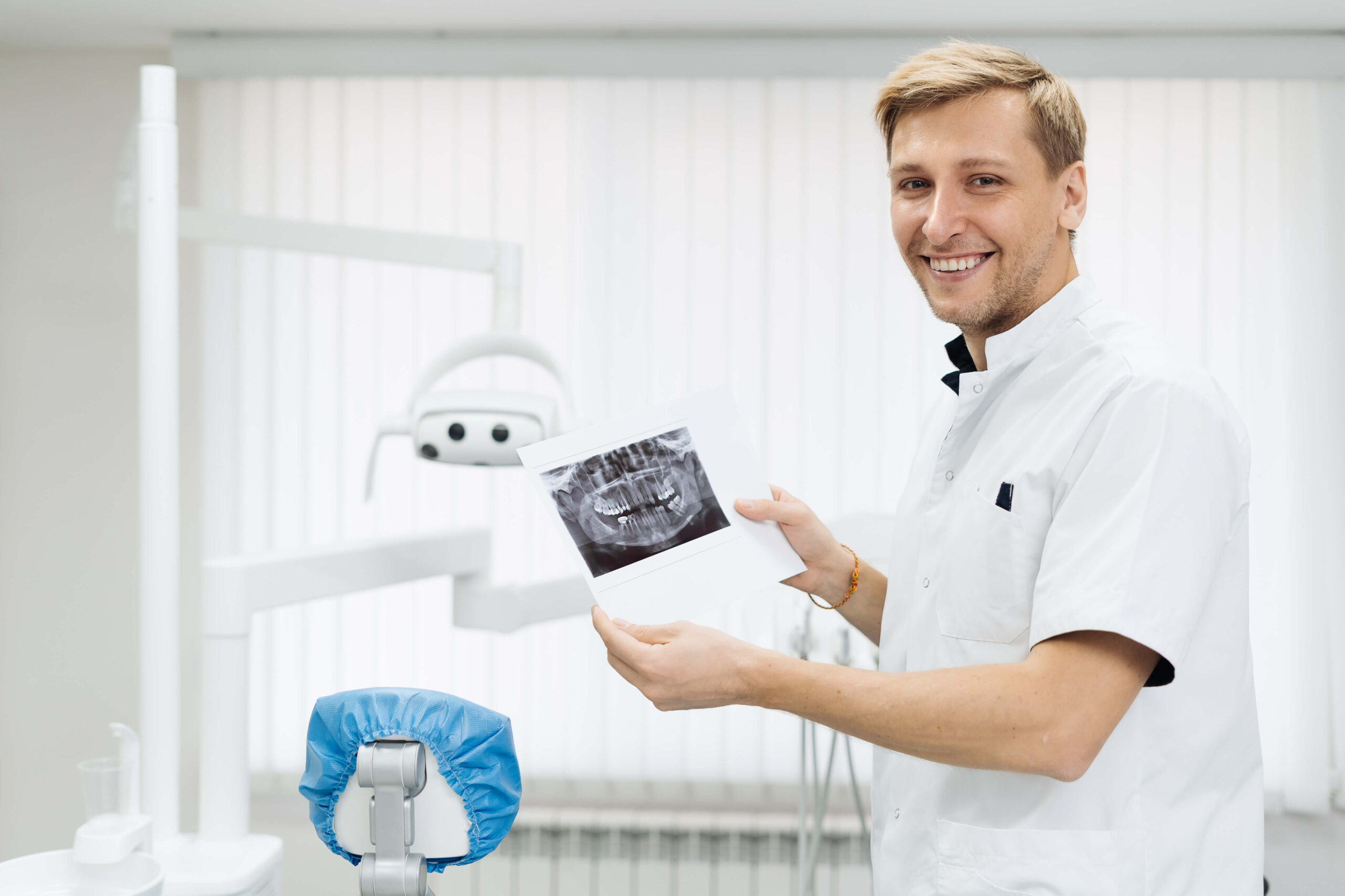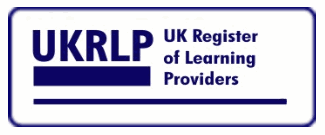
Radiography is a really interesting mix of science, technology, and helping people in the medical world. If you’re curious about how to become a radiographer, it’s all about learning to use special machines to see what’s happening inside our bodies. Radiographers use tools like X-rays to take pictures that help doctors figure out what’s wrong with a patient. To start this career, you need to learn some specific things and get the right training. It’s not just about knowing how to use the machines; you also need to be kind and understanding with patients. Radiographers work with doctors and nurses, and they’re really important in making sure patients feel okay during their tests. This job is a great mix of using cool technology and caring for people, and that’s what makes it so special and rewarding.
Table of Contents
What Does a Radiographer Do?
Radiographers, integral to the medical field, play a vital role in diagnosing and treating patients. Their job centred around medical imaging demands precision and care. Understanding what they do sheds light on this crucial profession, often considered when exploring how to become a radiographer. Let’s break down their responsibilities point by point.
Operating Imaging Equipment
Radiographers expertly handle imaging technologies like X-rays, CT (Computed Tomography) scans, and MRI (Magnetic Resonance Imaging) machines. Their skill lies in not just operating these machines but also in adjusting them to get the best possible image of the patient’s internals. This accuracy is crucial for correct diagnosis and treatment.
Patient Positioning and Care
A significant part of their job is to position patients correctly for imaging. They need to ensure the patient is comfortable and still. Moreover, they explain the procedures, answering any questions to ease patient anxieties. This aspect of patient care is as important as the technical side.
Radiation Safety and Protection
Radiographers are trained in radiation safety. They take measures to protect themselves, patients, and colleagues from unnecessary exposure. This involves using protective equipment and following strict safety protocols.
Image Analysis and Record-keeping
After capturing images, radiographers often do a preliminary analysis. They also maintain detailed patient records, ensuring the images are correctly labelled and stored. This step is vital for doctors to make accurate diagnoses.
Collaboration with Medical Teams
They collaborate closely with medical specialists, including physicians. By providing clear images, they aid in formulating treatment plans. This collaborative effort is essential in healthcare.
Continuous Learning and Adaptation
The field of radiography is always evolving with new technologies and techniques. Radiographers must keep up-to-date with these advancements to provide the best care.
In conclusion, radiographers are much more than technicians; they are a crucial link in the healthcare chain. Their work requires technical expertise, patient empathy, and a commitment to safety. It involves specialised education and ongoing learning for those pondering how to become a radiographer. It’s a profession that demands dedication but offers the rewarding experience of making a significant impact on patient health and wellbeing.
Types of Radiography to Specialise in
When considering how to become a radiographer, one important decision to make is the specialisation within radiography. Radiography is a diverse field with several types of radiography to specialise in. Each specialisation has its unique focus and career opportunities. In this article, we will explore some of the common specialisations in radiography and what they entail.
General Radiography
General radiographers, also known as radiologic technologists, perform X-rays and other basic imaging procedures.
They work in hospitals, clinics, and diagnostic imaging centres.
This specialisation is an excellent starting point for those interested in radiography.
Computed Tomography (CT) Scan
CT technologists operate CT scanners to create detailed cross-sectional images of the body.
They play a crucial role in diagnosing various medical conditions and injuries.
To specialise in CT, you may need additional training and certification.
Magnetic Resonance Imaging (MRI)
MRI technologists use magnetic fields and radio waves to produce highly detailed images of the body’s internal structures.
MRI is commonly used for neurological, musculoskeletal, and soft tissue imaging.
Radiation Therapy
Cancer patients receive radiation therapy from radiation therapists.
They work closely with oncologists to ensure accurate treatment delivery.
Specialised training and certification are necessary for this role.
Nuclear Medicine
Nuclear medicine technologists use radioactive materials to diagnose and treat diseases.
They perform scans to examine organ function and identify abnormalities.
Cardiac Catheterisation Lab
Technologists in this specialisation assist cardiologists during cardiac procedures.
They help diagnose and treat heart conditions using specialised imaging equipment.
Pediatric Radiography
Pediatric radiographers specialise in imaging children, considering their unique needs and sensitivities.
This specialisation requires a deep understanding of pediatric anatomy and patient care.
Interventional Radiography
Interventional radiographers assist in minimally invasive procedures.
They use imaging guidance to perform procedures like angioplasty and embolisation.
In conclusion, choosing a specialisation in radiography is a significant step in your career as a radiographer. This choice should take your hobbies and professional objectives into account. Each specialisation offers rewarding opportunities to contribute to patient care and diagnosis. Typically, being a radiographer requires completing an approved program in radiologic technology and obtaining the necessary certifications or licenses in the speciality of your choice.

Qualifications Required to Become a Radiographer in UK
Becoming a radiographer in the UK is an achievable goal for those interested in the field of medical imaging. Here are the qualifications and steps required to pursue this rewarding career:
Educational Background
Begin by obtaining a minimum of five GCSEs, including English, math, and science, at grade 4 (formerly grade C) or above. These serve as the foundation for further studies.
Choose Relevant A-Levels
Select A-levels or equivalent qualifications in subjects like biology, chemistry, or physics. These subjects will provide a strong knowledge base for radiography.
University Degree
Enrol in an approved undergraduate radiography program. This typically takes three to four years to complete. Be sure to apply through the UCAS system.
Clinical Placement
During your degree, you will have the opportunity to gain practical experience through clinical placements. This hands-on training is crucial to becoming a competent radiographer.
HCPC Registration
After completing your degree, apply for registration with the Health and Care Professions Council (HCPC). This registration is mandatory to practice as a radiographer in the UK.
Continuing Professional Development (CPD)
Participate in continual continuing education throughout your career to stay abreast of the most recent developments in radiography. This may involve courses, workshops, or conferences.
Enhanced Disclosure and Barring Service (DBS) Check
Radiographers work closely with patients, so you’ll need to undergo a DBS check to ensure you have no criminal convictions that could affect your suitability for the role.
Professional Memberships
Joining associations for professionals, like the Society and College of Radiographers (SCoR), can help you gain access to information, networking opportunities, and career support.
Specialisation
You can choose to specialise in areas such as diagnostic radiography, radiotherapy, or ultrasound. Specialisation often requires additional training and qualifications.
Employment
Search for radiographer job vacancies in hospitals, clinics, or private practices. Secure your first position as a qualified radiographer.
Continuous Learning
Radiography is a dynamic field. Maintain current with emerging technologies and methodologies by engaging in ongoing education and training.
In conclusion, becoming a radiographer in the UK involves completing specific educational requirements, gaining practical experience, and securing professional registration. This is a professional path that provides the means to use medical imaging to significantly improve patient care.
Remember, the journey may take several years, but the rewards of helping diagnose and treat medical conditions make it a worthwhile pursuit for those passionate about healthcare and technology.
How to Become a Radiographer in the UK
In the UK, becoming a radiographer can be a lucrative and demanding career choice. This journey requires a blend of academic qualifications, practical skills, and continuous learning. Here’s a step-by-step guide to becoming a radiographer:
Obtain the Necessary Educational Qualifications
Begin by securing a degree in radiography. The Health and Care Professions Council (HCPC) has accredited this three-year curriculum, which leads to a BSc (Hons) in either therapeutic radiography or diagnostic radiography. Both theoretical knowledge and real-world experience are included in these courses.
After graduation, you must register with the HCPC. This is a crucial step, as it’s a legal requirement to practice as a radiographer in the UK. The registration process involves demonstrating your qualifications and commitment to professional standards.
Gain Practical Experience
Practical skills are vital. Seek opportunities for hands-on experience during your studies. Hospital and clinic internships and placements will improve your practical skills and knowledge in the field.
Develop Interpersonal Skills
Radiographers often work as part of a healthcare team and interact with patients daily. Collaboration abilities, empathy, and effective communication are crucial. These soft skills are as important as technical ability.
Stay Informed and Continue Learning
The field of radiography is constantly evolving. To stay relevant, engage in continuous professional development (CPD). Attend workshops, and seminars, and pursue additional courses to keep up with the latest technologies and practices. Can join Studyhub courses like – Radiant Smiles: A Complete Guide to Dental Radiography and Diagnostic Skills, Lab Analyst & Basic Hematology Diploma, Human Anatomy, Physiology and Medical Terminology Diploma.
Specialise If Desired
Once you’ve gained experience, consider specialising in areas like MRI, ultrasound, or mammography. Specialisation can lead to career advancement and a deeper understanding of specific areas in radiography.
Maintain Professionalism and Ethical Standards
Always adhere to the ethical standards and guidelines set by the HCPC. Professionalism in your practice ensures patient safety and respect for the profession.
To sum up, a radiographer in the UK needs to possess strong academic credentials, practical experience, people skills, and a dedication to lifelong learning. By following these steps, you’ll be well on your way to a successful and fulfilling career in radiography. Remember, each step is crucial in shaping a professional who is skilled, compassionate, and highly competent.
How Much are Radiographers Paid in the UK?
In the UK, radiographers, who play a crucial role in healthcare, receive a competitive salary. Generally, as you explore how to become a radiographer, you’ll find that their pay starts at around £25,000. With experience, this can rise significantly, often exceeding £40,000. Notably, this profession requires specific training and qualifications. Consequently, aspiring radiographers must complete a recognised course. Furthermore, their salary reflects the vital services they provide. It’s important to remember that, alongside the financial aspect, this career offers immense satisfaction. Helping patients through imaging techniques is both rewarding and challenging. Therefore, while the financial rewards are substantial, the job’s satisfaction is equally significant.
FAQs
Yes, there is a demand for radiographers in the UK. The healthcare sector often has a steady need for medical professionals, including radiographers.
Radiographers primarily work in hospitals, both in the public (NHS) and private sectors. They can also work in clinics, diagnostic centres, or educational institutions.
It’s challenging to become a radiographer without a degree as it’s a highly specialised field. However, some options include:
Enrolling in a radiography assistant or practitioner program may require less formal education.
Looking into apprenticeship programs that combine work and study, leading to qualification.
- All Courses
- IT & Software317
- Management263
- Teaching and Education229
- Business219
- Health and Fitness216
- Health & Safety155
- Engineering & Technology141
- Quality Licence Scheme136
- Health and Social Care128
- Healthcare123
- Accounting & Finance111
- Psychology96
- Lifestyle94
- Employability91
- Marketing75
- Office Productivity59
- Animal Care55
- Design and Photography48
- Beauty & Makeup43
- Design39
- Accounting & Bookkeeping32
- Web Development11
- Child Care8
- Construction7
- Agriculture5
- Environment1
Awarded By






0 responses on "How to Become a Radiographer in the UK (With Relevant Skills)"